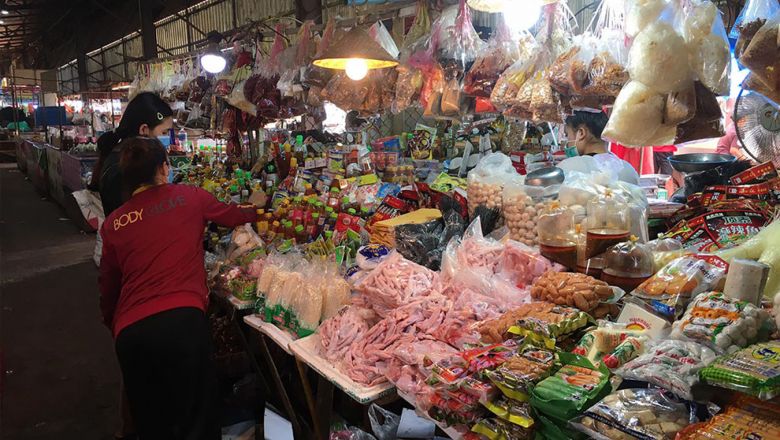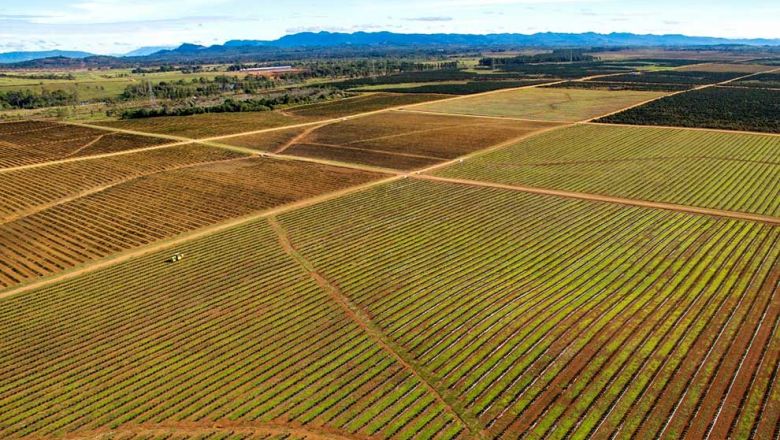Inflation drops further in January
Inflation drops further in January
Although there is no sign of transport costs declining, the inflation rate in Laos continues to trend downwards largely thanks to the falling price of fuel on the world market.
According to the Bank of the Lao PDR, last November the Consumer Price Index stood at 124.69 with the inflation rate at 1.27 percent.
This trended downwards to 0.90 percent in December 2015 and 0.84 percent in January 2016.
The inflation rate in 2015 averaged 1.28 percent, down from the average rate of 4.62 percent recorded the previous year.
A senior economist from the National Economic Research Institute, Dr Leeber Leebouapao, told Vientiane Times recently that the falling inflation rate was mainly attributed to the drop in fuel prices as it lowers the cost of production.
But most consumers will want to know why the price of goods at their local market remains high, particularly those that are related to the use of oil.
The high cost of living in Laos is a common cause of public complaint, particularly among low wage earners, and they are calling for the authorities to regulate product prices.
It has been observed that since the establishment of the Asean Economic Community more goods cross the border more easily with many Lao people importing a lot more goods from Thailand, particularly food items.
Many Vientiane residents say the price of food in Thailand is cheaper than in Laos so they go to stock up in Thailand at weekends.
Dr Leeber said the strong supply of food products and other goods sufficient to meet demand was one factor contributing to the lower inflation rate.
Last year, the Ministry of Industry and Commerce approved 12 changes to the fuel price, with a majority being price reductions which contributed to lower production costs in Laos.
In January this year the ministry lowered the fuel price twice.
In general, the inflation rate in Laos is lower than the rate of economic growth.
Over the past five years, des pite a global economic downturn, the Lao economy has continued to grow at an average of 7.9 percent annually and the number of poor families has declined significantly.
Gross Domestic Product (GDP) has reached 102,320 billion kip (US$12.8 billion) with GDP per capita climbing to 15.8 million kip (US$1,970).
It is projected that the Lao economy will continue to grow at an average of 7.5 percent annually over the next five years with GDP per capita expected to reach US$3,190.
Economic growth will be driven by several mega-projects such as the Laos-China railway, Hongsa power plant, Xayaboury dam and other development projects.
In addition, a number of projects that have been stalled in recent years have resumed construction, further driving economic growth.
















